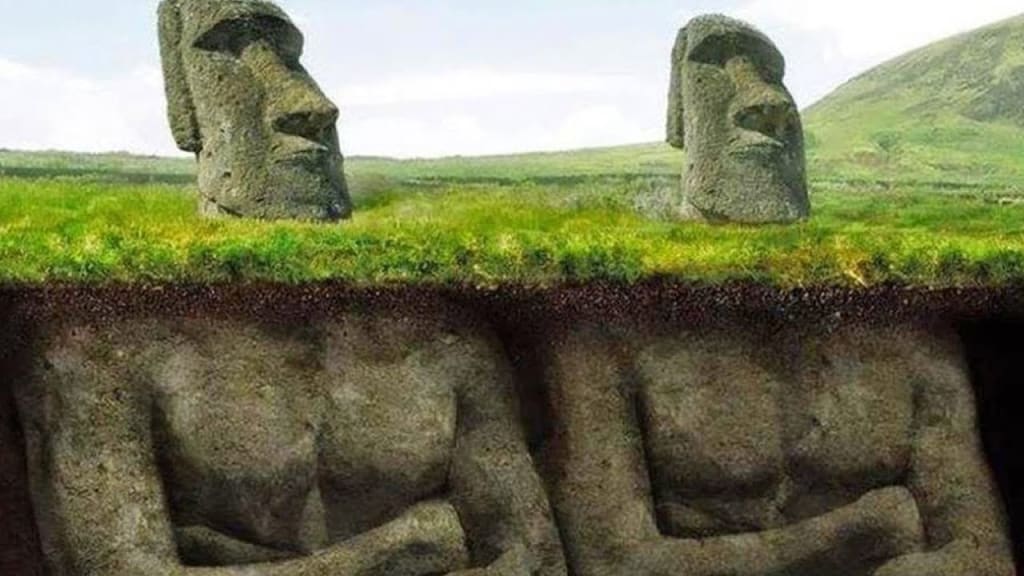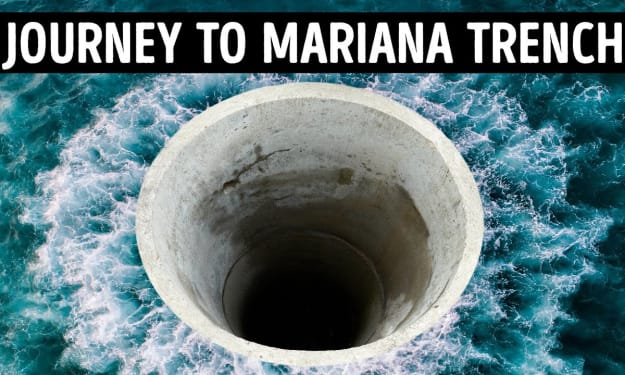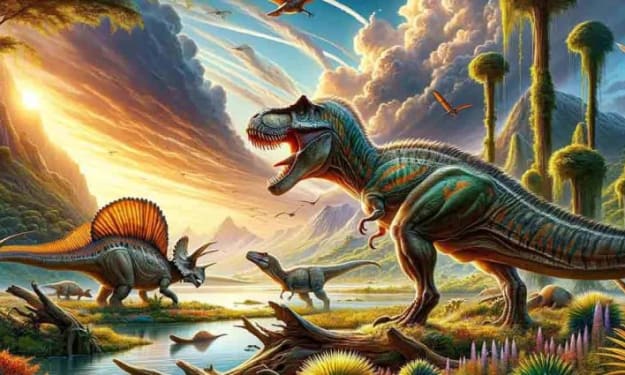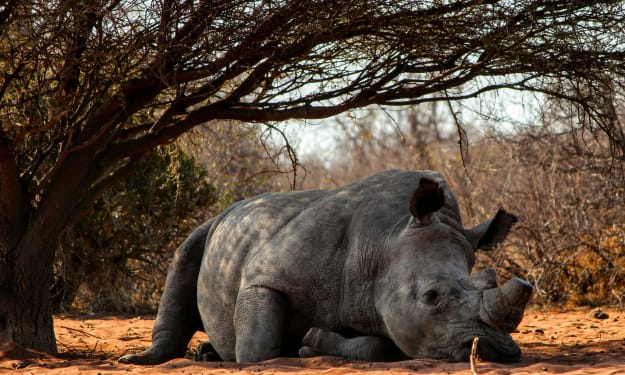Scientists Finally Discovered the Truth About Easter Island
New insights into the history and mysteries of one of the world's most enigmatic islands

Easter Island, also known as Rapa Nui, has been a topic of fascination for centuries. This small island located in the middle of the Pacific Ocean, known for its mysterious statues called Moai, has captivated the world with its enigmatic history. For years, scientists and historians have been trying to unravel the mysteries surrounding this remote island. Recently, a team of scientists has made significant discoveries that shed new light on the island's history.
One of the most enduring mysteries of Easter Island is how its ancient inhabitants were able to move the massive Moai statues from the quarry to their final resting places. The Moai statues are some of the largest stone sculptures in the world, with some weighing as much as 75 tons. For years, researchers have speculated about how the Rapa Nui people were able to transport these massive statues across the island.
According to recent research, the Rapa Nui people used a clever technique to move the Moai statues. The researchers found that the ancient islanders carved the statues in the quarry and then tilted them onto sledges made of wood. The sledges were then pulled along tracks made of compacted soil. The researchers also discovered that the Rapa Nui people used a technique called "rocking the statue" to move it forward. By rocking the statue back and forth, they were able to move it along the track, inch by inch.
Another long-standing mystery of Easter Island is what caused the collapse of its ancient civilization. For years, researchers have debated whether the Rapa Nui people destroyed their own environment by cutting down all the trees on the island or whether it was due to the arrival of Europeans. Recent research has shed new light on this mystery, indicating that it was likely a combination of both.
The researchers analyzed soil samples from the island and found that the Rapa Nui people did indeed cut down all the trees on the island. The trees were used to transport the Moai statues and also for firewood. The loss of the trees led to soil erosion and a decrease in agricultural production, ultimately leading to the collapse of the island's civilization. However, the researchers also found evidence that the arrival of Europeans played a role in the island's decline. The Europeans brought diseases to the island that the Rapa Nui people had no immunity to, causing a significant decrease in population.
In addition to shedding light on these two long-standing mysteries, the recent research also uncovered new information about the Rapa Nui people's social structure. For years, researchers believed that the island was ruled by a class of elites who controlled the Moai statues and their production. However, the recent research indicates that the production of the statues was more of a community effort than previously believed. The researchers found that the statues were produced in small groups and that the work was divided up among the members of the group.
The research also sheds light on the role of women in the production of the statues. For years, it was believed that the Moai statues were produced exclusively by men. However, the researchers found evidence of female involvement in the production of the statues, including the use of a special pigment that was made by women.
Overall, the recent discoveries about Easter Island provide valuable insights into the island's history and culture. They also help to dispel some of the myths and misconceptions that have surrounded the island for centuries. The research highlights the ingenuity of the Rapa Nui people in their ability to move the massive Moai statues and sheds new light on the island's collapse. Additionally, the research provides new insights into the social structure of the island's ancient civilization and the role of women in the production of the Moai statues.
In conclusion, the recent discoveries about Easter Island are a significant contribution to our understanding of this enigmatic island.
About the Creator
Daniel Ellison
Whether you’re into recent discoveries, space exploration, true stories, fitness, fun tests, and riddles, or useful tips for self-improvement, psychology, gadgets, or just your day-to-day routine, I write something for everyone!
Enjoyed the story? Support the Creator.
Subscribe for free to receive all their stories in your feed. You could also pledge your support or give them a one-off tip, letting them know you appreciate their work.






Comments
There are no comments for this story
Be the first to respond and start the conversation.